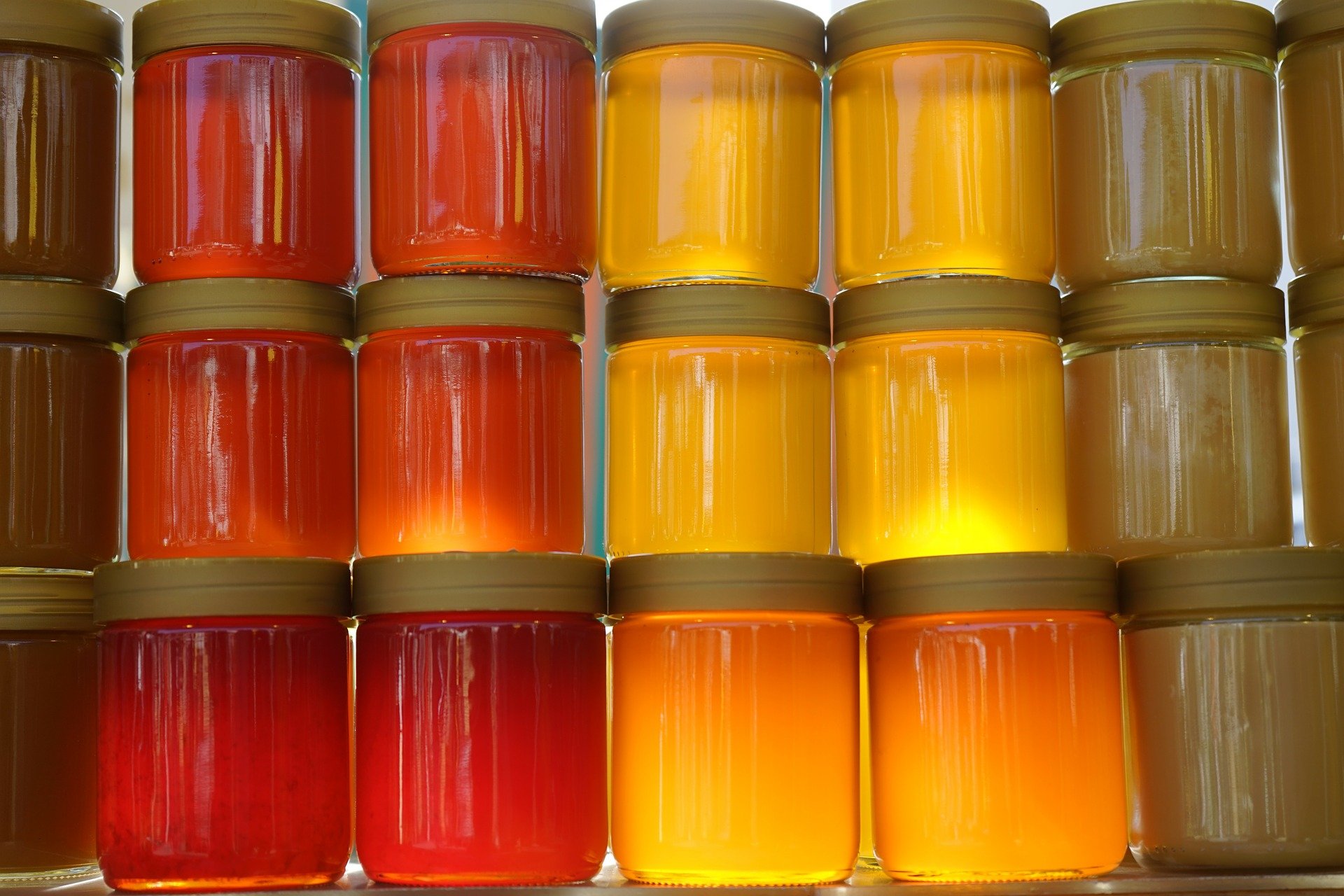Food fraud, where different or low-quality food is deliberately mislabelled and sold as high-quality goods, risks the health of consumers as well as the economic viability of producers and manufacturers. To combat this, researchers have figured out that analysing the past and present behaviour of criminal activity could predict what they might target in the future.
Five years ago, food scientists discovered cheap horsemeat was being sold as beef in different products in supermarkets across Europe. Since then, initiatives to fight food fraud have geared up, but when that happened, researchers and legislators discovered that the scandal of horsemeat in the food chain that rocked the food industry was only the tip of the iceberg.
For example, a recent EU study into honey fraud found that at least 14% of samples tested did not conform to ‘purity benchmarks’ – and that’s just one commodity. Elsewhere, the EU Food Fraud Network received 353 reports of illegal mislabelling in 2017, up from 39 in 2016, which excluded cases reported to national authorities.
‘Wherever there is potential for someone to make money, I expect food fraud to happen,’ said Dr James Donarski, head of food authenticity at Fera Science, a UK agency developing scientific solutions across the agri-food supply chain.
‘The EU has some of the most stringent laws concerning food fraud, (but) I expect it occurs more than we think,’ added Dr Donarski.
Forensic accounting
In cases of fraud, legitimate food producers lose money and consumers are ripped off. In response, researchers use an array of approaches, including forensic accounting, to discover where fraudsters may be operating and what they might target in the future.
This type of early warning system looks at where there is an economic incentive to deceive, according to Dr Donarski, who is also the coordinator of FoodIntegrity, a research project developing food fraud solutions.
The project’s early warning system is designed to think like fraudsters and detects which supply chains may be exploited in the future. It analysed a wide range of factors, such as the data of over 5,000 globally traded products in over 200 countries, in an effort to identify abnormal financial signals like irregular prices and quantities.
‘Wherever there is potential for someone to make money, I expect food fraud to happen.’
Dr James Donarski, Fera Science, UK
The researchers then used artificial intelligence and machine learning algorithms to distinguish between normal market fluctuations and emerging risks, such as new food trends with low regulation like coconut milk. The model was tested against known food fraud cases reported to the EU’s special alert system and correctly predicted 80% of food and drink scams.
‘It can be used for any foodstuff whatsoever,’ said Dr Donarski. He says Fera is exploring how to support national bodies in implementing similar tools to help their authorities scrutinise high-risk items.
Additionally, they are developing more effective verification tools for three high-risk foodstuffs – spirits, seafood and olive oil. Fraudsters that operate in these areas commonly rebottle cheap spirits as higher quality brands, mislabel seafood as more expensive species – which leads to a black market in fish – and dilute olive oil with lower grade oils.
DNA sequencing
FoodIntegrity tools will include next-generation DNA sequencing, which is an advanced biological verification technique that can quickly identify whether food products have been tampered with. Dr Donarski adds that several advances are happening with ‘rapid, hand-held and portable screening methods’ that could replace slower laboratory tests, allowing for quicker identification of fake products before they flood the market.
To stay another step ahead of fraudsters, FoodIntegrity created a technology gap analysis that will guide future EU research needs, but sharing any food fraud science also carries risks, according to Dr Donarski.
‘As researchers, we need to publish our methods and be open about what we are doing, but the problem is that fraudsters are quite clever and can look at our methods to stay ahead of them,’ he said.
According to Professor Paul Brereton, director of strategic alliances at the Institute for Global Food Security at Queen’s University Belfast in Northern Ireland, authorities are now refocusing their efforts to work on fraud prevention.
‘Traditionally, most funders and funds worked on a post-incident basis,’ he said. ‘There is now a realisation that there should be more funding for preventative measures.’
That requires international collaboration to not only develop effective verification methods, but also to remove the incentive for fraudulent behaviour in the first place.
‘The main target for the fraudsters is the food industry. The consumer is sometimes affected but most of the fraud is committed business-to-business,’ said Prof. Brereton. This can cause a domino effect after one business notices a competitor ‘cutting corners and has to choose whether he goes out of business or cuts corners too’, he said.
Prof. Brereton is scientific coordinator of Authent-Net, a project set up to increase cohesion between EU Member State research funding bodies and to develop a joint research strategy to better fight food fraud. The project established an online platform where national food safety bodies can coordinate and strategise the fight against food fraud.
A looming challenge is the expected growth in food production. By 2050, the food industry needs to feed an expected 9 billion people and that is very attractive to criminal organisations because food fraud is often easier and more lucrative than other crimes, while penalties are less severe.
At the same time, consumers expect fresh food of their choosing, regardless of the season, and that has created a dependency on global supply chains. Together this creates more opportunities for fake products to slip past because, as Prof. Brereton says, fraud does not respect borders.
‘One Member State can’t be responsible for addressing the issue happening in other Member States or countries – it needs communication.’
Originally published on Horizon.

